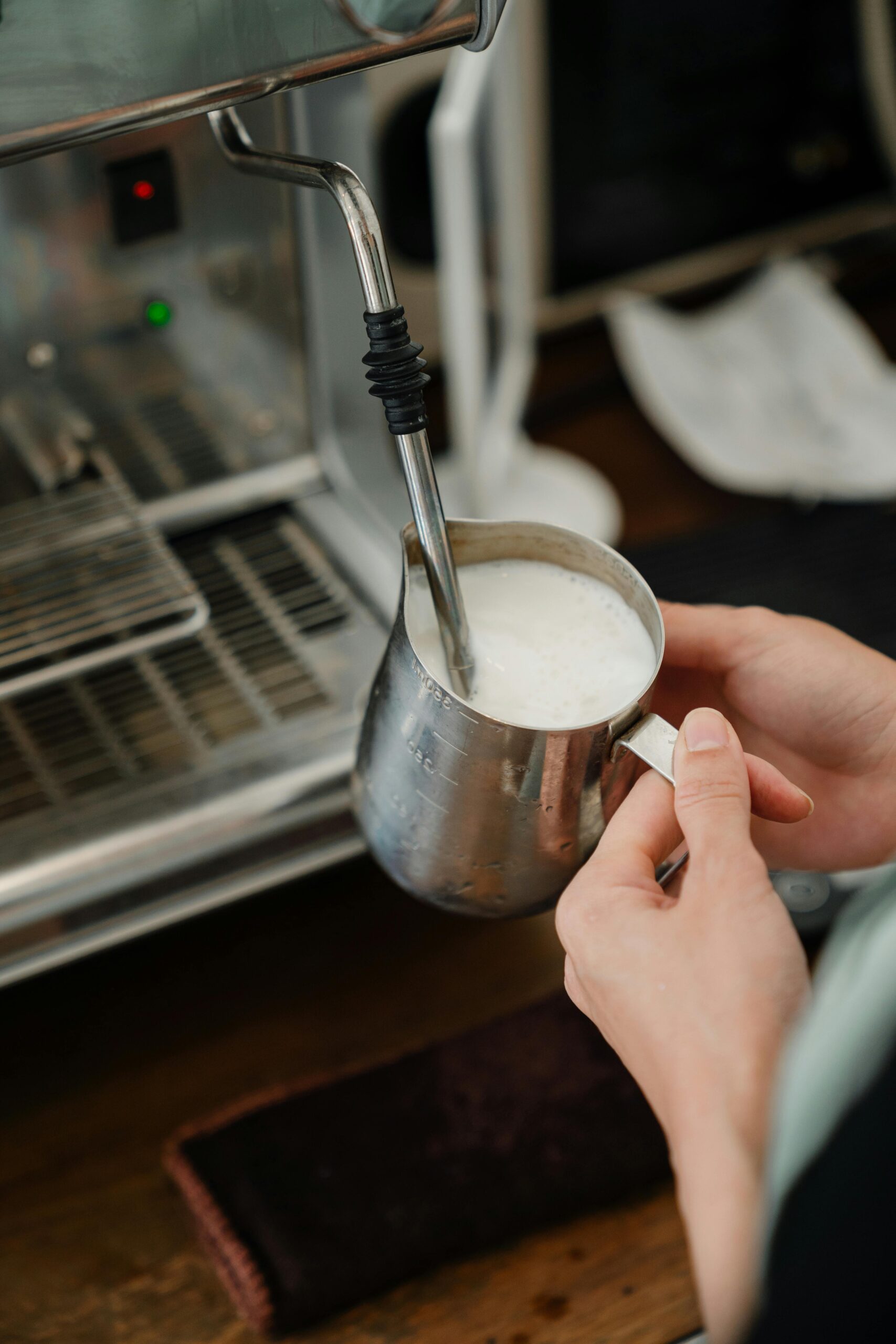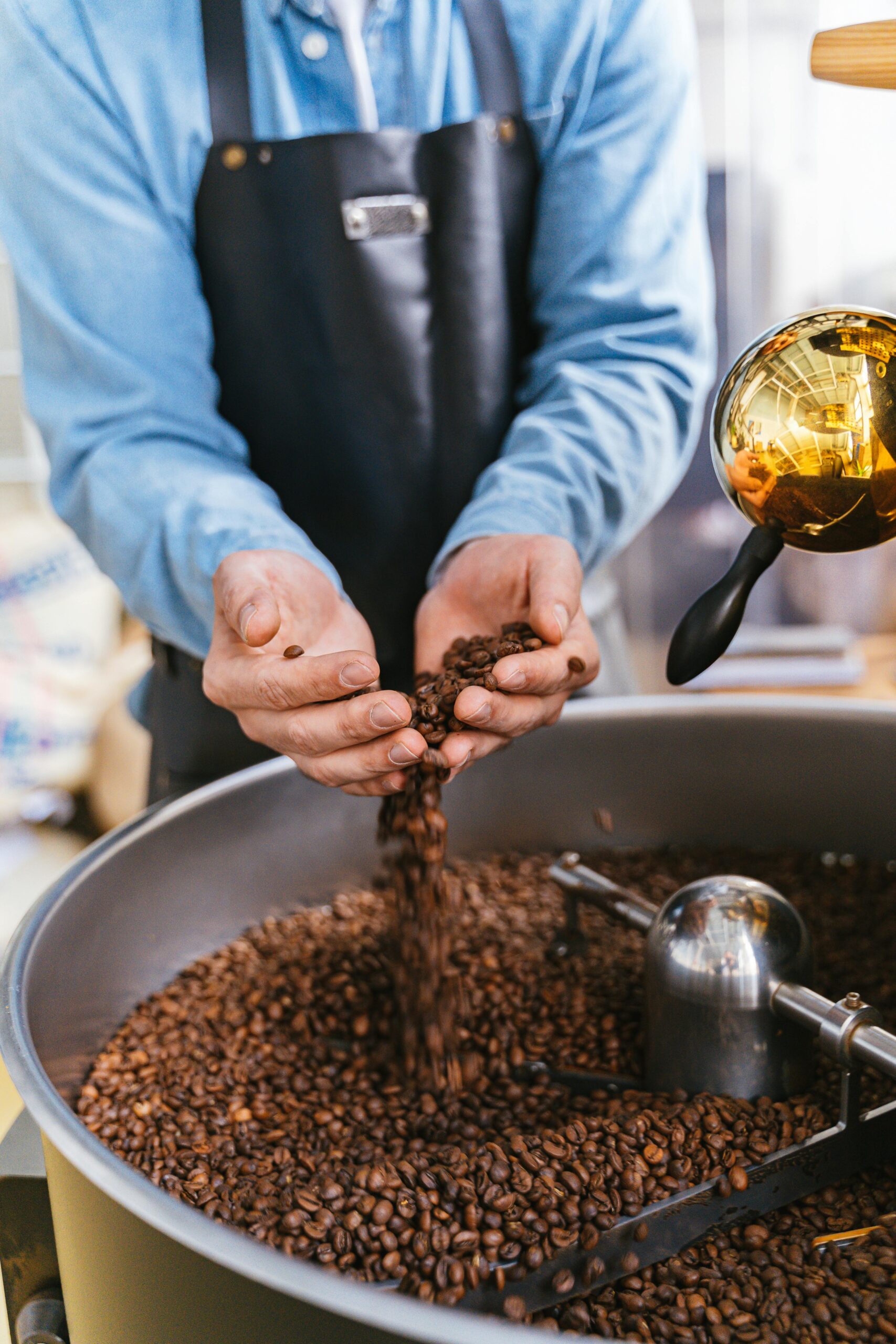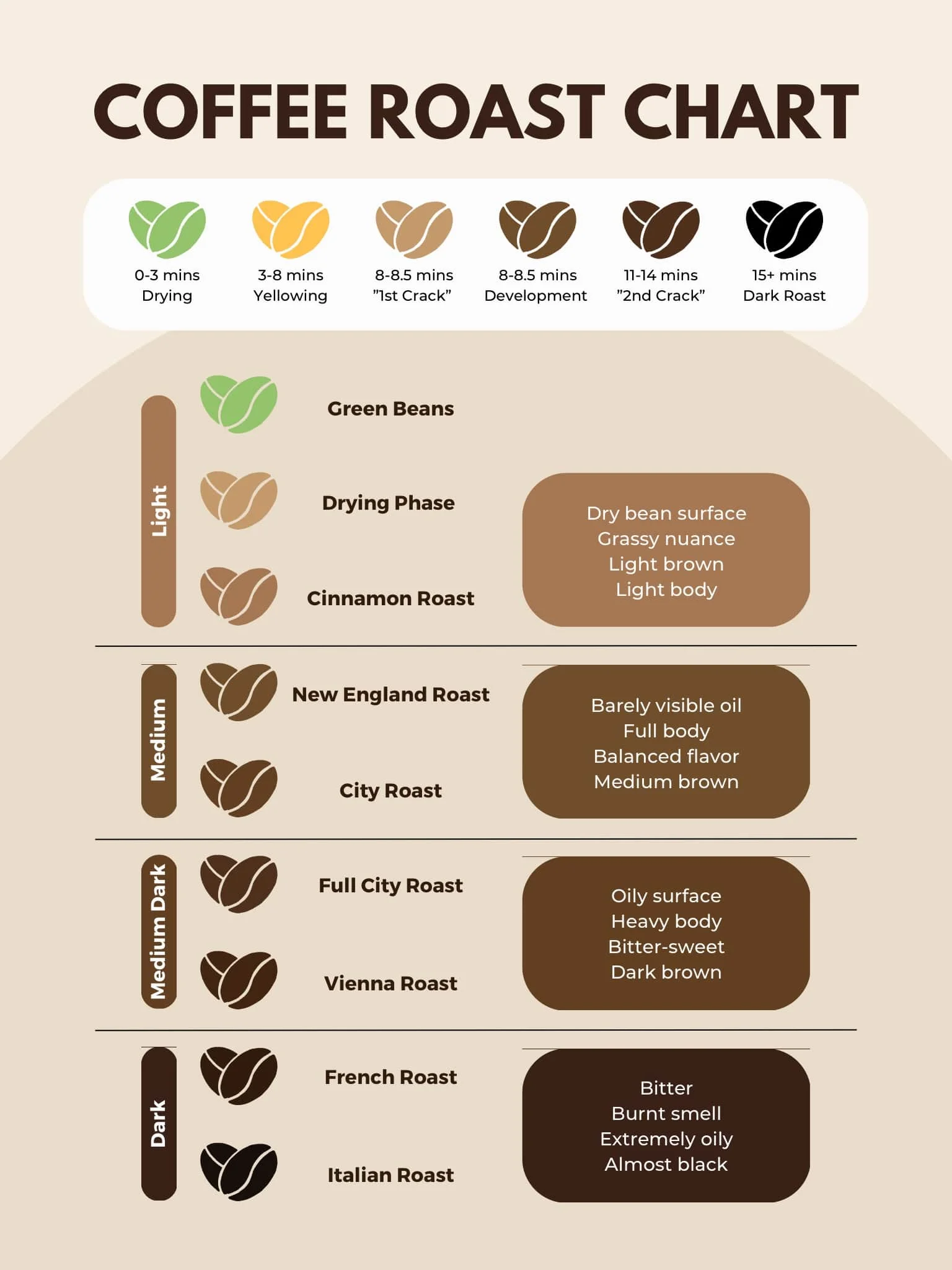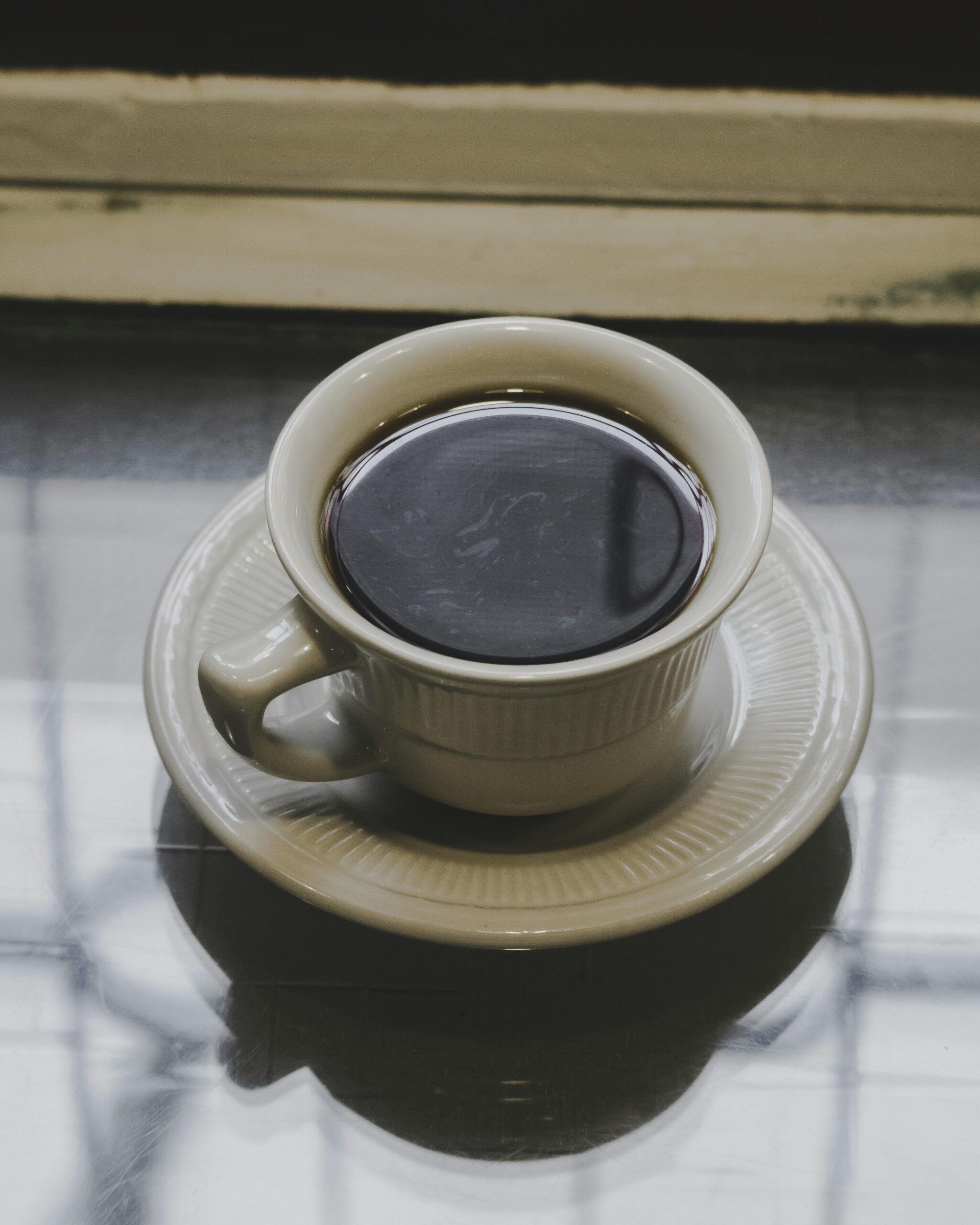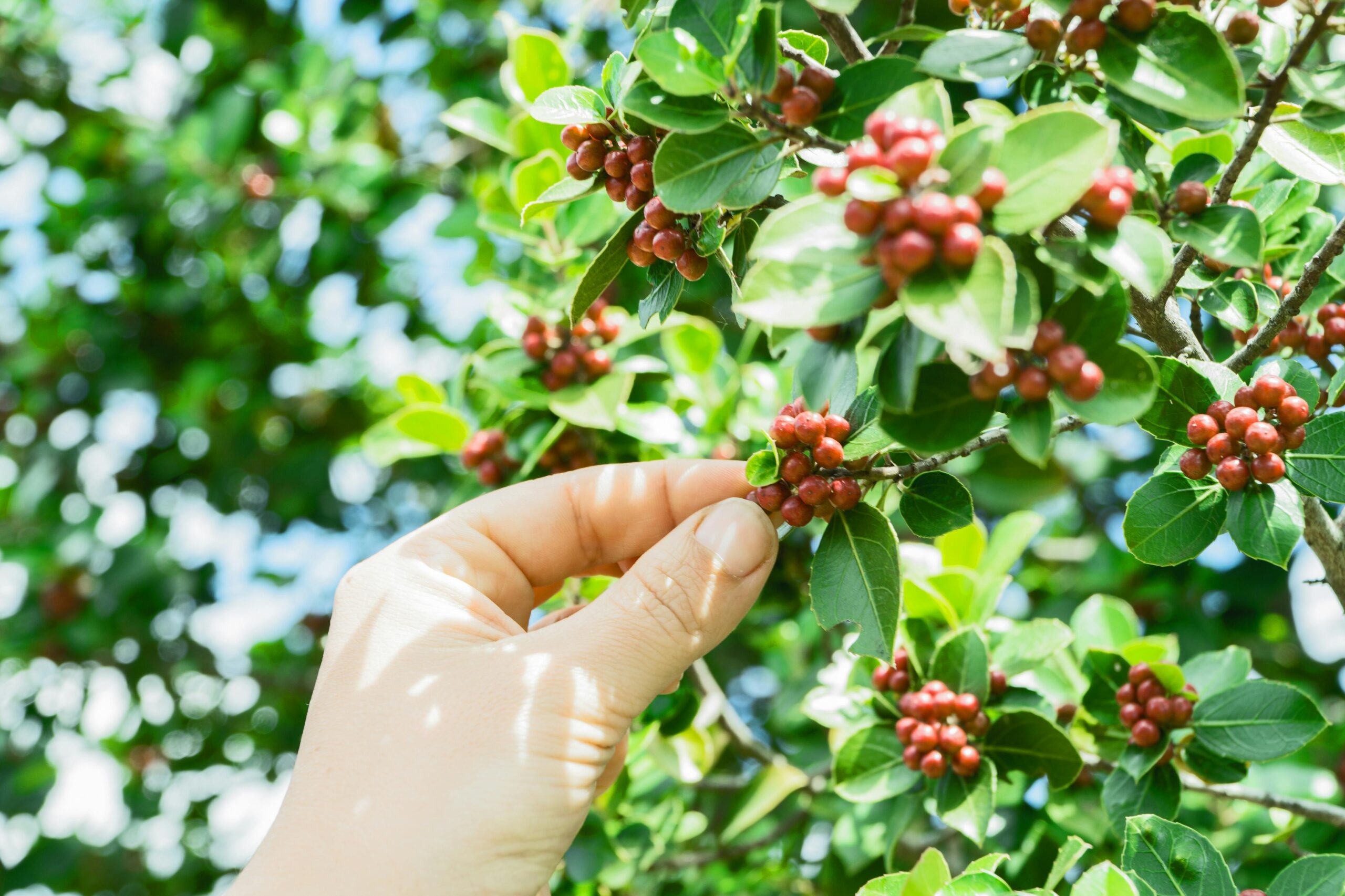Quest for Coffee (5) | Frothing Milk
Frothing milk is as important to a cup of brain-jolting, heart-warming coffee as family is to Dominic Toretto – immensely important, for those unfamiliar with the film reference. Yet, it can quickly become a frothing fiesta at first.
Now, we know you can’t get lattes, cappuccinos or flat whites without frothing milk well.
At this point, I have a confession to make. If you have not guessed it, I have been trying to pour latte art for the last 1 month.
Shocking, I know.
Is that it? Nah, there’s more: I have been trying to master the art of frothing milk for almost 2 months before the last 1 month of learning latte art.
Nothing like Frequent Frothing
It has been quite the experiment as I tried multiple angles, tilting the pitcher left and right, playing around with the milk temperatures and changing the duration of frothing. I was wired trying to achieve that coveted silky milk texture. I still am. I don’t get it every single time…yet.
Until recently, my coffee-making skills were practically pressing the button on my machine and hoping for the best.
Latte art? Frothy milk? I saw them as sorcery reserved for mythical baristas with sleeve tattoos and espresso-stained souls. Something began to change in my milk-frothing journey.
I finally made frothed milk this week thrice in a row with a decent texture and “shone” when placed under lights. So did I pour a dragon or heart?
Nope. Sorry if I got your hopes up.
What did happen was I poured some blob-like design that resembled an attempt at drawing a heart, great emphasis on “resembled”.



But hey, there’s progress, and I’m feeling slightly closer to the magic that baristas wield.
Over the last month when the milk began to feel more silky and ideal, I learned several things about frothing milk, brandishing the steam wand (not literally), and some neat tricks for an apprentice of latte art magic.
The Milk Multiverse
Did you think that a latte, cappuccino and flat white were all names of the same drink? I did too. But there’s a surprising amount of difference between them—and no, it’s not just the size of the mug.
- Latte: Basically a coffee bath. One shot of espresso and lots of steamed milk, with just a little froth on top. Super smooth and forgiving.
- Cappuccino: This one has that thick, pillowy foam cap—like your coffee is wearing a tiny down comforter. Equal parts espresso, milk, and foam.
- Flat White: Think of this as a latte’s more intense cousin. Less milk, finer microfoam, more espresso flavor. But, not quite a cappuccino.
To whip these up, it takes some skill at the wizardry of frothing milk and nailing this consistently, unlike my attempts where the milk’s foam resembled sea foam during a storm.
Abracadabra: The Steam Wand
Learning to froth milk was… humbling. Challenging would also be an understatement.
I kept imagining the perfect angle and tilt of the pitcher to get the mesmerising milk ‘tornado” in the pitcher. I had visions of me swirling milk like a pro, creating silky foam like a caffeinated magician. Instead, I scorched milk and somehow made the wand scream like it saw a tornado coming for it.
But as they say, you only fail when you don’t learn.
And I learned:
- Cold milk, cold pitcher: Cold milk gives you time to texture it properly. There’s time for the milk to warm up and “embrace” the air whisked in by the wand at the start. It creates “microfoam”. Fancy.
If you’re curious about the science behind frothing milk and the usage of cold milk rather than warm milk, you can indulge in nerdiness here like I did.
- Wand placement is key: After many, many cups of coffee and rewatching the same Youtube video on milk frothing multiple times, my tests found a slight tilt of the wrist is sufficient, either to the left or the right. More importantly, place the tip of the wand just under the surface and in the centre of the top left or top right quadrant of the circular mouth of the pitcher. Let it hiss peacefully like a straw sucking a nearly empty cup of iced coffee.
I used to shove the wand into the pitcher with no clue of where it really should be, which just made hot runny milk. No latte art on that one. To get that much-coveted silky texture, you can watch this short video…maybe multiple times like I did.
- Stretch, then swirl: Once it hisses, start to listen for that little ‘ch-ch-ch’ sound in the beginning (this is air entering the milk). Count to 5 then sink the wand deeper just until the whole tip of the wand is underneath the milk to create a whirlpool.
That swirling motion smooths the foam, turning it into that beautiful microfoam everyone raves about. Keep it steady, or try to. I tried shifting positions mid-swirling to get the best ‘tornado’ effect which honestly doesn’t make a difference if you nail the position from the start. Fret not if bubbles form at the top of the milk surface! A proper ‘tornado’ of the milk would burst them and leave the milk with a glossy, silky texture when done right.
- The heat test: Believe or not, I used a pitcher that measures temperature. But really, all you need to do, as I now do, is just feel the side of the pitcher and stop steaming when it gets hot enough to say “ouch” but not enough to melt skin off.
If you observe those charismatic baristas, there is no thermometer. They use their hands. Getting the right temperature for the milk is an art. It’s magic. Magic cannot be measured, so don’t sweat this. The right temperature creates the environment for the milk to stay in that texture and allows excellent latte art. I learned about temperature and its effects from none other than my go-to connoisseur James Hoffman – check out his video here.
Mythical Art in Progress
Here’s a secret you probably know: watching someone pour a perfect heart into a latte on YouTube is a trap. It looks effortless. It’s magic at its peak.
It makes you “wow” in amazement. Yet, when I tried it, I “wowed” in abhorrence.
Here is a visual laugh-stimulator: my latest creation

The quest for coffee continues as I explore and learn to master the magic of latte art. If the images do not self-explain, the journey is just beginning.
Final Thoughts (on Fumbling When) Frothing Milk
Learning to froth milk and make latte art has been weirdly satisfying. It’s equal parts science experiment, therapy session, and morning ritual. Sure, it may not look great now and the magic powers are intermittent at best. But nothing is removed from the excellent taste of the coffee. Now, if you’ll excuse me, I’m off to try making a tulip. Or a slightly abstract flower. Or… okay, probably another blob I picture to be a heart. But it’ll still be delicious.
For more frontiers explored on my Quest for Coffee, click below. I’ll see you there.
-
Quest for Coffee (8) | 7 Mistakes Killing Latte Art Magic
-
Quest for Coffee (7) | Mastery of Milk
-
Quest for Coffee (6) | A Milky Way
-
Quest for Coffee (5) | Frothing Milk
-
Quest for Coffee (4) | 8 Tips to Coffee Puck Preparation
-
Quest for Coffee (3) | (Under) Pressure
-
Quest for Coffee (2) | Roast
-
Quest for Coffee (1) | Beans
Click to explore other quirky and cool stories.


